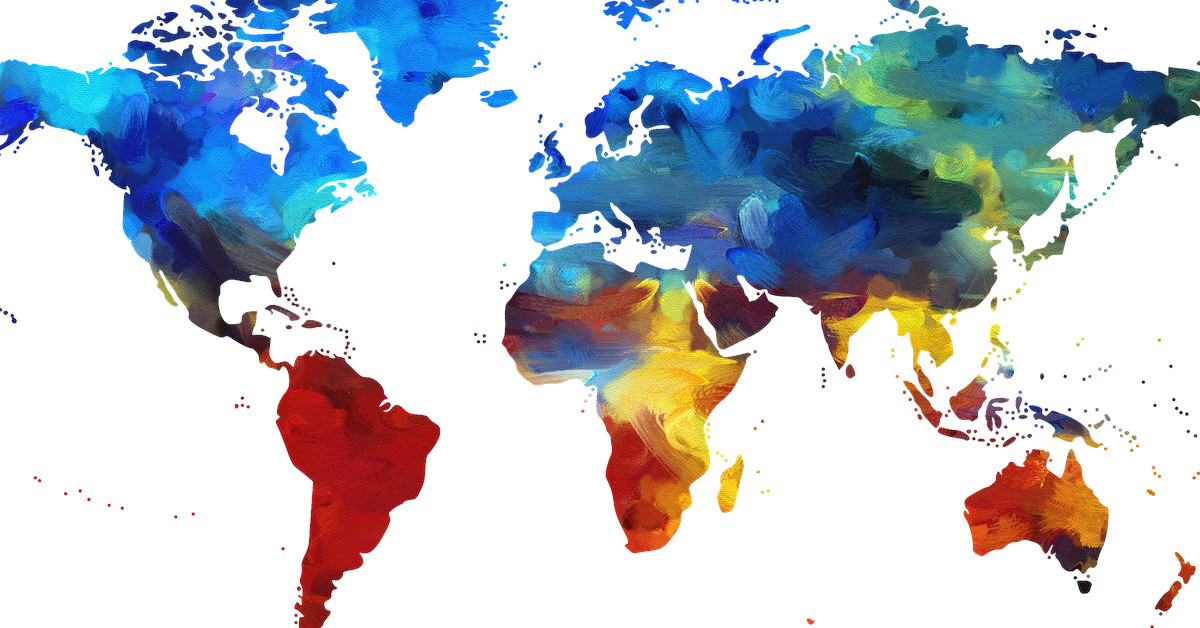We decided to pursue a regional growth strategy quite early on. As an Australian company, we believed it was necessary to look overseas to grow our business quicker. We knew it wasn’t going to be easy, but there were three important lessons that we didn’t expect to learn when we set out overseas.
1. Every region buys differently
When you start a business, you think the model you have in one location will simply translate to another but that's not the case. This is why most organizations that go global fail - they fail to realize the cultural nuances of every region they work in.
While we maintained our head office in Australia, which is where all of our software development happens, we also set up sales and support offices in Japan, the UK and the US. We targeted these markets as they had the most opportunity.
But what we found was that each market has its own set of dynamics. For example, in Japan, the market is driven by five major system integrators. You have to work through each of them to be able to get to market. Whereas in the US, the market is heavily weighted towards other software vendors and there’s also a large direct business. The direct market in the US is geographically spread out and buyers expect to deal directly with the vendor. In the UK the market is concentrated, whereas the German market is similar to the US in that it’s also geographically spread. The continental European market is also a very partner-centric market, buyers are happy to deal indirectly and buy through a channel.
This means you’ve got to build your organization to match the markets you’re in. If you've got direct salespeople trying to sell to channels you're bound to fail. It’s important to hire people to suit the channel in the market. So in a partner-centric region like Japan, we have partner relationship managers rather than direct sales people. Those partners also need to be skilled up so they can represent you and sell in the same way as you.
Another interesting challenge is how you spread your marketing spend. There’s a tension between all of the markets wanting equal spend. But the reality is that’s not possible because each market is a different size and their go-to-market strategy is different. For example, in the US it’s difficult to do events because customers are so spread out. But events are a lot easier to do in London, Japan, or Australia because of the customer concentration.
You also need to provide global support structures that follow the sun 24 hours a day. For countries like Japan, we actually have a standalone, fenced off support system to meet the customers' language needs.

2. Regardless of size standard processes are important
As each region and their go-to-market strategies are distinctly different it’s challenging to maintain the same sales processes globally. When you initially set up a region it’s quite small, so there’s a tendency to let them do their own thing because they’re struggling to survive. It’s like having multiple startups within an organization. But there comes a point where you actually need them all to do exactly the same thing, and the longer you leave it the bigger the cultural shift and effort required.
This is where Yellowfin is at now. From an organizational perspective, we’re now moving our entire sales force onto the same process. If we could do it over again, we would’ve started this process much earlier but I underestimated the value of good sales processes. I made the assumption that everybody we hired would have the same passion and knowledge about analytics, but that’s simply not the case. This became most apparent to us when we introduced Signals and Stories to the market. When everyone was just selling dashboards, the themes of how to sell were fundamentally the same. But when we introduced a completely new product to market we realized just how different everyone was.
So we’re now focused on making sure our entire sales organization is selling our product the way we want them to sell it. We’re giving them solid guidelines and processes and a deeper understanding of the industry. If you don't have consistent sales processes and methodologies, you don't have a way to truly benchmark, track and measure performance effectively, which means you're setting yourself up for failure.

3. Scaling is more challenging
One of the biggest trade-offs you make when you choose to enter several regions at the same time is that your sales force takes longer to scale in every geography. This can impact the resilience of the organization - if you've got 60 salespeople in one office, you’ll be stronger than an organization that has three salespeople in 20 different locations.
It also takes far longer to get a new region up and running and build an effective sales team there than you ever imagine it would. So if you want to go global you need deep pockets and a lot of patience, because it's going to cost you way more and take longer than you would expect. If we were to have our time again, we would probably have expanded to one region at a time and scaled them that way, rather than trying to turn them all on at once.
Moving forward, our focus now is on scaling our regional presence. We’ve got a fantastic base in the US and have proven that we can win there, so we’re now looking at scaling our presence and opening more offices in that market. We also plan on leveraging the UK as a launching pad for continental Europe, while continuing to scale our operations in Australia and Japan. That's the key strategy that we're following today as we build a global sales organization.

